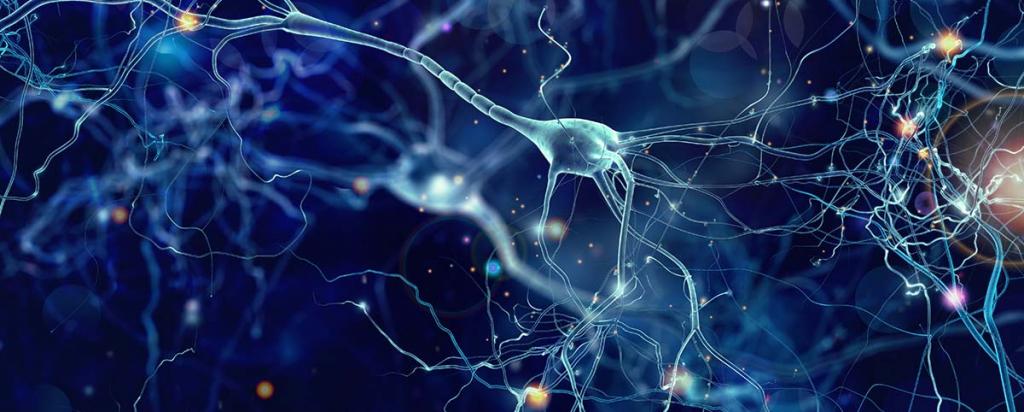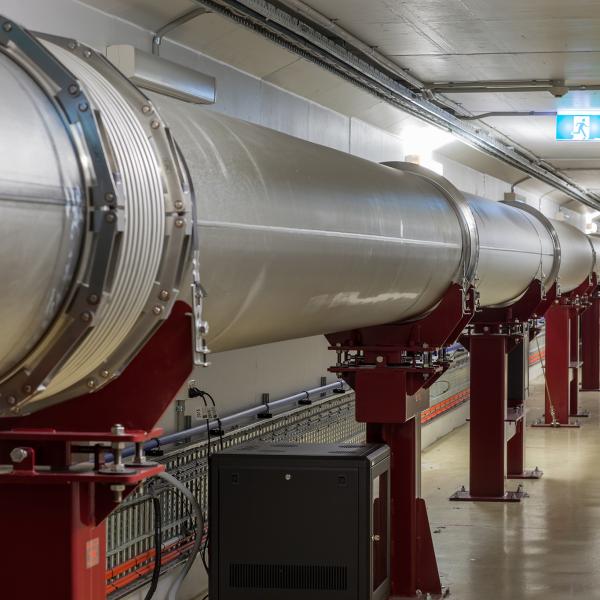
ANSTO’s Australian Synchrotron is finalising negotiations to join a consortium of light sources supporting a project, Synchrotron for Neuroscience-An Asia Pacific Strategic Enterprise (SYNAPSE), to map the 86 billion nerve cells, 100 trillion connections and neurotransmitters in the human brain.
The brain is more complex than any other known structure in the universe.
Prof Hwu Yeu-Kuang is leading the project at Academia Sinica in Taiwan. He said in a media report that the project will use X-rays from synchrotrons as the main imaging technology because they combine three-dimensional sub-cellular resolution with high speed to collect data for an entire brain within a reasonable time.
Earlier this year, Senior Advisor Dr Richard Garrett travelled to the National University of Singapore on behalf of Prof Andrew Peele, Director of the Australian Synchrotron, for the inauguration of the project.
“We are close to signing an MOU to join the SYNAPSE project. One of the new Bright beamlines for Micro-Computed Tomography (MicroCT), when it comes online, will have the capacity to image at sub-micrometre resolutions,” said Garrett.
“MicroCT will complement the dynamic computed tomography technique on the Imaging and Medical beamline, which provides extraordinary insights into human organs and tissue.”
More than 1000 researchers are expected to take part in the project, which expects to complete the mapping by 2024 with the added support of supercomputing facilities, including the Japanese supercomputer at Fugaka Japan under construction.
Data is expected to be above one billion gigabytes, which is equivalent to over a million terabyte drives.
The work is being divided among centres in the region, using automation and joint data management to accelerate mapping efforts.
Their three-dimensional map, to be known as a connectome, is expected to have a significant impact on brain science and developments in artificial intelligence.
Other techniques will include infrared spectro-microscopy, super-resolution visible light 3D microscopy and cryo-electron tomography.
The project builds on work by the Accelerated X-ray Observation of Neurons initiative, which demonstrated the necessary speed and resolution to map the brain of a fruit fly and part of a mouse brain and other large scale initiatives; the China Brain Project and Japan’s Brain Mapping by Integrated Neurotechnologies for Disease Studies (BRAIN/MINDS).
Similar initiatives include the Human Connectome Project (US) and the Human Brain Project in Europe.
Content partially adapted from a report in Asian Scientist Magazine.



